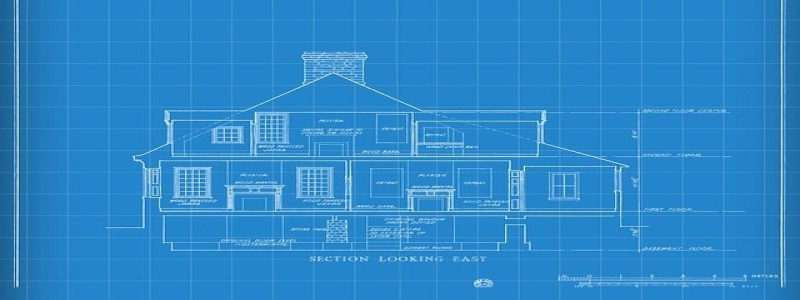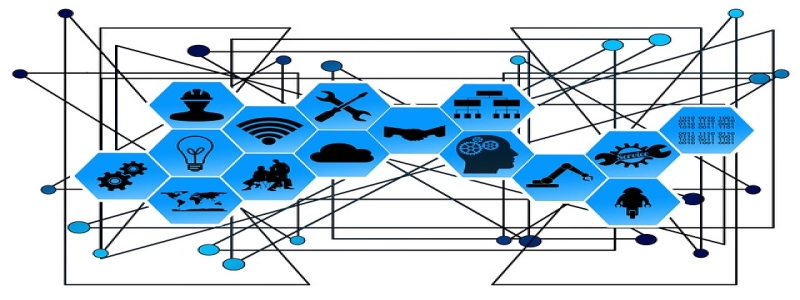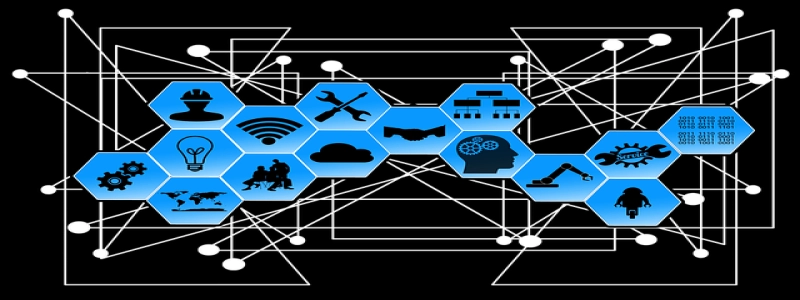Running Ethernet Cable through House
Introduction:
In today’s digital age, reliable and fast internet connectivity is essential. While Wi-Fi has become popular, Ethernet cables still provide a more stable and secure connection. If you find that certain areas of your house suffer from weak or unreliable Wi-Fi signals, running Ethernet cables through your house can be a practical solution. This article will guide you on how to effectively run Ethernet cables through your house for optimal connectivity.
I. Assessing the Requirements:
Before beginning the process, it is essential to assess your requirements. Identify the areas in your house where you need a stable internet connection and plan accordingly. Consider factors like the distance from the main router, the number of devices to be connected, and any potential obstacles or walls that may require additional equipment.
II. Choosing the Right Ethernet Cable:
Selecting the appropriate Ethernet cable is crucial for achieving optimal network performance. There are various types of Ethernet cables available, such as Cat 5e, Cat 6, and Cat 7. Cat 6 cables are recommended for most home installations, as they offer higher speeds and better resistance to interference. Ensure that you have enough length of cable to reach the desired locations.
III. Planning the Cable Route:
Careful planning is vital to avoid unnecessary drilling and damage to walls. Identify the most efficient and discreet path for the Ethernet cable to follow. It is generally recommended to run the cable through walls and ceilings rather than along the floor, as this not only minimizes tripping hazards but also gives a cleaner appearance.
IV. Preparing the House for Installation:
Before running the Ethernet cable, prepare the house for installation. This entails clearing any clutter, removing obstacles, and ensuring that furniture or appliances can be easily moved to facilitate cable routing. It may be necessary to purchase cable clips or conduits to secure the cable neatly along the planned route.
V. Drilling and Fishing:
If the cable needs to go through walls, drilling will be required. Use a stud finder to locate any potential obstacles behind the walls and select suitable drill locations. After drilling, use a fish tape or a coat hanger to navigate the cable through the wall cavity. Exercise caution to avoid damaging electrical wiring or causing unnecessary holes.
VI. Terminating and Connecting the Ethernet Cable:
Once the cable has been successfully routed through the house, it’s time to terminate and connect the cable. Use a cable stripper or a sharp utility knife to remove the outer jacket of the Ethernet cable. Proceed to carefully untwist and arrange the internal wires according to the appropriate Ethernet termination pattern. Crimp the wires into the RJ-45 connector and ensure a secure connection.
VII. Testing the Connection:
After the entire installation is complete, testing the Ethernet connection is essential to ensure everything is functioning correctly. Connect a device to each endpoint of the Ethernet cable and verify network connectivity and speed. If any issues arise, double-check the terminations and cable connections.
Conclusion:
Running Ethernet cables through your house can significantly improve your network performance and provide a reliable internet connection where Wi-Fi signals may be weaker. By carefully planning, selecting suitable cable types, and following proper installation techniques, you can enjoy uninterrupted connectivity throughout your home. Remember to always exercise caution during the drilling process and double-check your terminations for a successful installation.








